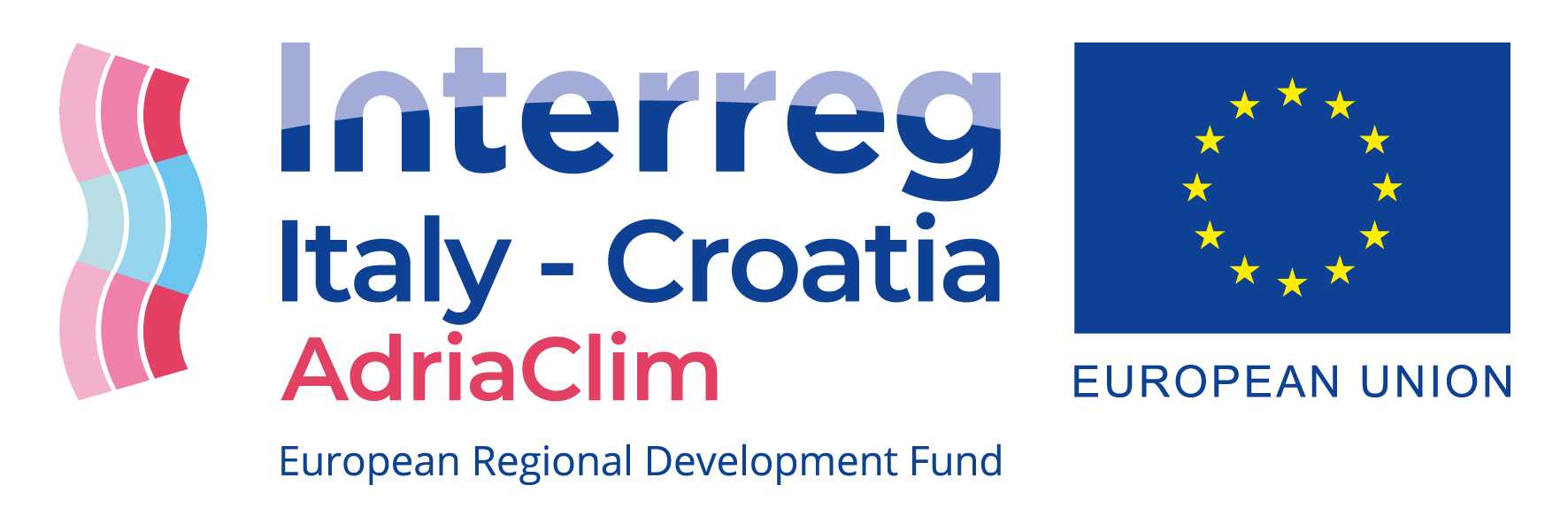


|
ERDDAP |
| 
|

| Dataset Title: | AdriaClim RESM - WRFHydro - projection - runoff v1


|
| Institution: | CMCC (Dataset ID: adriaclim_resm_wrfhydro_proj_runoff_v1) |
| Range: | longitude = 11.60275 to 20.22737°E, latitude = 39.19572 to 45.80203°N, time = 2022-01-01T00:00:00Z to 2050-12-31T12:00:00Z |
| Information: | Summary  | License
| License  | FGDC
| ISO 19115
| Metadata
| Background
| FGDC
| ISO 19115
| Metadata
| Background | Subset
| Data Access Form
| Files
| Subset
| Data Access Form
| Files
|
Click on the map to specify a new center point.

Zoom:
![[The graph you specified. Please be patient.]](https://erddap-adriaclim.cmcc-opa.eu/erddap/tabledap/adriaclim_resm_wrfhydro_proj_runoff_v1.png?longitude,latitude,station_id&time%3E=2050-12-25T00%3A00%3A00Z&time%3C=2051-01-01T00%3A00%3A00Z&.draw=markers&.marker=5%7C5&.color=0x000000&.colorBar=%7C%7C%7C%7C%7C&.bgColor=0xffccccff)
|
Attributes {
s {
time {
String _CoordinateAxisType "Time";
Float64 actual_range 1.6409952e+9, 2.5561008e+9;
String axis "T";
String ioos_category "Time";
String long_name "Column#1";
String source_name "Column#1";
String standard_name "time";
String time_origin "01-JAN-1970 00:00:00";
String time_precision "1970-01-01T00:00:00Z";
String units "seconds since 1970-01-01T00:00:00Z";
}
station_id {
UInt16 actual_range 0, 144;
String ioos_category "Unknown";
String long_name "Column#2";
}
longitude {
String _CoordinateAxisType "Lon";
Float32 actual_range 11.60275, 20.22737;
String axis "X";
String ioos_category "Location";
String long_name "Column#3";
String standard_name "longitude";
String units "degrees_east";
}
latitude {
String _CoordinateAxisType "Lat";
Float32 actual_range 39.19572, 45.80203;
String axis "Y";
String ioos_category "Location";
String long_name "Column#4";
String standard_name "latitude";
String units "degrees_north";
}
streamflow_m {
Float32 actual_range 0.0, 16720.69;
String ioos_category "Unknown";
String long_name "Column#5";
}
streamflow_feet {
Float32 actual_range 0.005, 590491.0;
String ioos_category "Unknown";
String long_name "Column#6";
}
water_level {
Float32 actual_range 0.001, 9.513;
String ioos_category "Unknown";
String long_name "Column#7";
}
}
NC_GLOBAL {
String adriaclim_dataset "model";
String adriaclim_model "WRFHydro";
String adriaclim_scale "adriatic";
String adriaclim_timeperiod "hourly";
String cdm_data_type "Other";
String Conventions "COARDS, CF-1.6, ACDD-1.3, NCCSV-1.2";
String creator_name "CMCC";
String creator_type "institution";
String creator_url "https://www.ec.gc.ca/scitech/default.asp?lang=En&n=61B33C26-1#cmc";
Float64 Easternmost_Easting 20.22737;
Float64 geospatial_lat_max 45.80203;
Float64 geospatial_lat_min 39.19572;
String geospatial_lat_units "degrees_north";
Float64 geospatial_lon_max 20.22737;
Float64 geospatial_lon_min 11.60275;
String geospatial_lon_units "degrees_east";
String history
"2024-09-18T10:35:44Z (local files)
2024-09-18T10:35:44Z https://erddap-adriaclim.cmcc-opa.eu/tabledap/adriaclim_resm_wrfhydro_proj_runoff_v1.das";
String infoUrl "https://www.cmcc.it";
String institution "CMCC";
String keywords "adriaclim, cmcc, column, Column_0, Column_2, Column_3, Column_4, Column_5, Column_6, Column_7, data, projection, resm, runoff, time, wrfhydro";
String license
"The data may be used and redistributed for free but is not intended
for legal use, since it may contain inaccuracies. Neither the data
Contributor, ERD, NOAA, nor the United States Government, nor any
of their employees or contractors, makes any warranty, express or
implied, including warranties of merchantability and fitness for a
particular purpose, or assumes any legal liability for the accuracy,
completeness, or usefulness, of this information.";
Float64 Northernmost_Northing 45.80203;
String sourceUrl "(local files)";
Float64 Southernmost_Northing 39.19572;
String standard_name_vocabulary "CF Standard Name Table v70";
String subsetVariables "station_id, longitude, latitude";
String summary "AdriaClim RESM - WRFHydro - projection - runoff v1";
String time_coverage_end "2050-12-31T12:00:00Z";
String time_coverage_start "2022-01-01T00:00:00Z";
String title "AdriaClim RESM - WRFHydro - projection - runoff v1";
Float64 Westernmost_Easting 11.60275;
}
}
 Data Access Protocol (DAP)
Data Access Protocol (DAP) and its
selection constraints
and its
selection constraints .
.
The URL specifies what you want: the dataset, a description of the graph or the subset of the data, and the file type for the response.
Tabledap request URLs must be in the form
https://coastwatch.pfeg.noaa.gov/erddap/tabledap/datasetID.fileType{?query}
For example,
https://coastwatch.pfeg.noaa.gov/erddap/tabledap/pmelTaoDySst.htmlTable?longitude,latitude,time,station,wmo_platform_code,T_25&time>=2015-05-23T12:00:00Z&time<=2015-05-31T12:00:00Z
Thus, the query is often a comma-separated list of desired variable names,
followed by a collection of
constraints (e.g., variable<value),
each preceded by '&' (which is interpreted as "AND").
For details, see the tabledap Documentation.